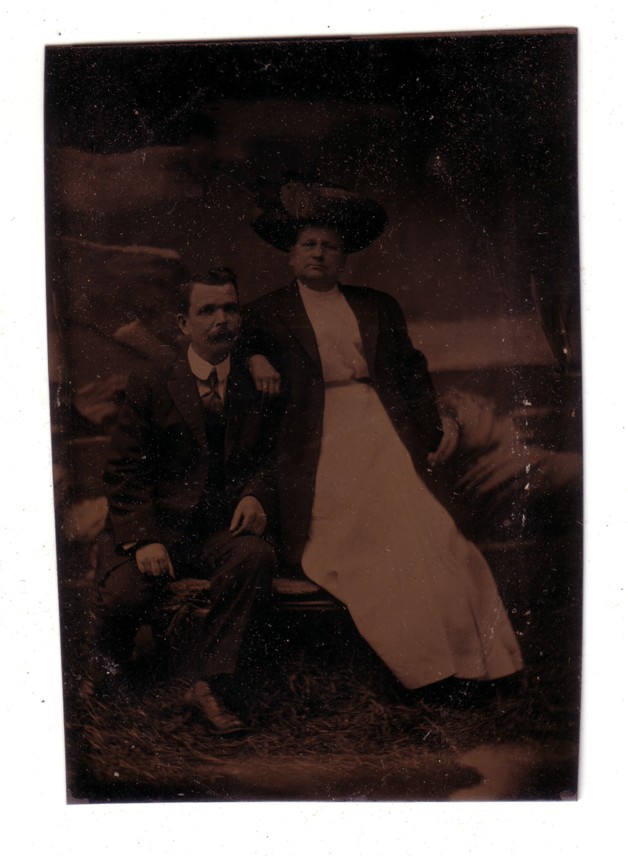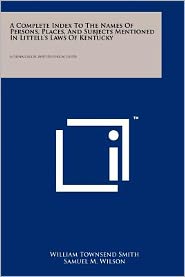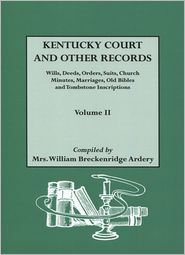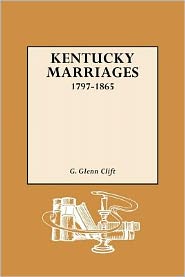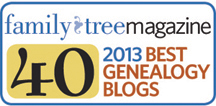Today was my second day at the New England Regional Genealogical Conference (NERGC). There were more than 30 different lectures and seven tracks available for the attendees to listen to. The seven tracks were Skills & Methodology, Occupations, “DNA, Genetics & Family Health”, Online Research, New England Research, Military Research and Expanding Your Knowledge Base.
The first of the lectures I attended was by Stephen P. Morse and was entitled “One-Step Pages: A Potpourri of Genealogical Search Tools”. Virtually everyone who’s been doing genealogy for some time has heard of and most likely used Stephen’s One-Step website. If you haven’t, be sure to check it out. It adds a lot of value to popular online databases. The topic described many of the popular one-step options as well as a few of the lesser known options. Stephen added a mixture of appropriate humor timed very well throughout the lecture.
In the afternoon sessions Laura G. Prescott presented a lectured called “loc.gov: Using Our Nations Library Online”. I have to admit that I have not utilized the loc.gov website in my research a while lot. Laura presented a wide variety of areas to explore. There were various prints and photographs which are not copyrighted available, digital newspapers and much much more.
After Laura’s presentation I was off to a presentation by David Ouimette called “Overcoming Spelling Problems and Unlocking the Power of Names”. David did a great job describing various name origins and how family names may change over time. He provided me with an idea to find my own Irish ancestors. I know my ancestors surname along with the surname of his wife and the county they came from. Is that enough to find the proper parish where they are from? Perhaps by looking at the popularity of surnames by parish looking at both surnames it would narrow down the possible parishes to look at. It’s certainly something I had not thought of.
The last lecture of the day I attend was “Finding the Only Child’s Niece”. It was presented by Debra Braverman. Debra researches for the next of kin in many court cases. Using common records and research skills she demonstrated what it takes to find the next of kin. This same methodology can be used to find living cousins as well.
